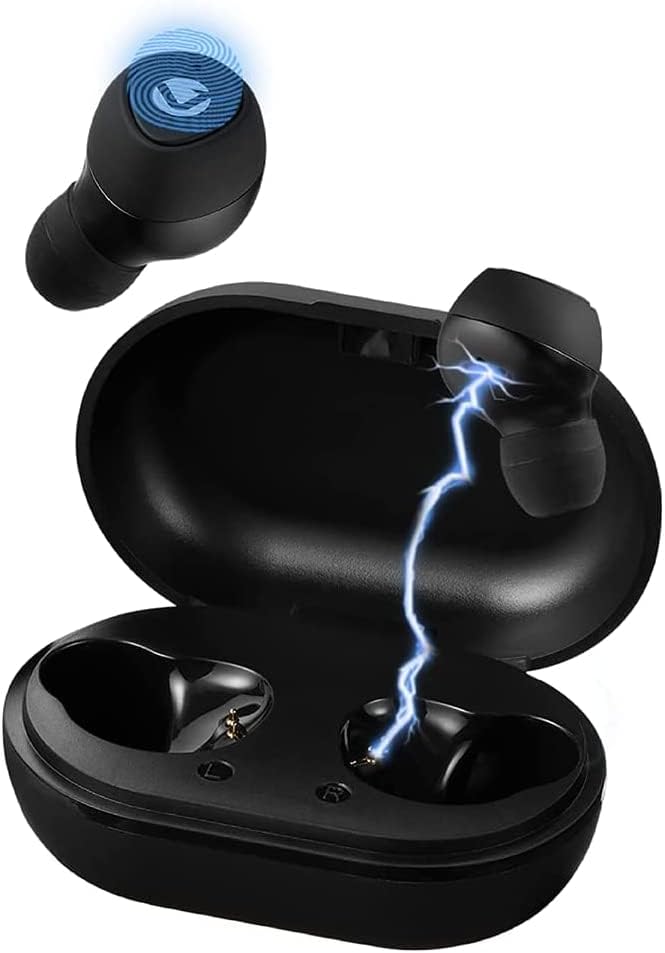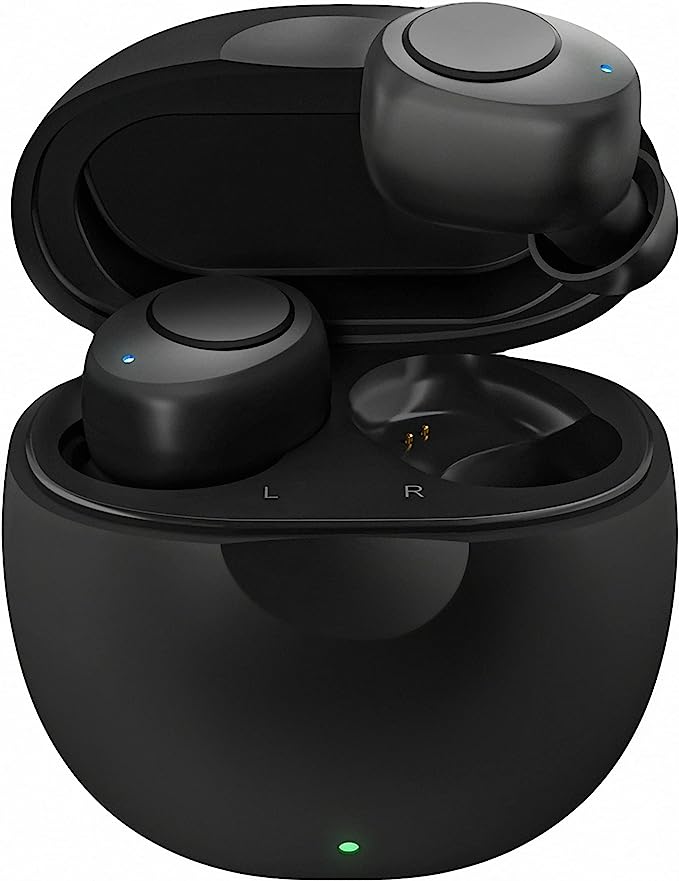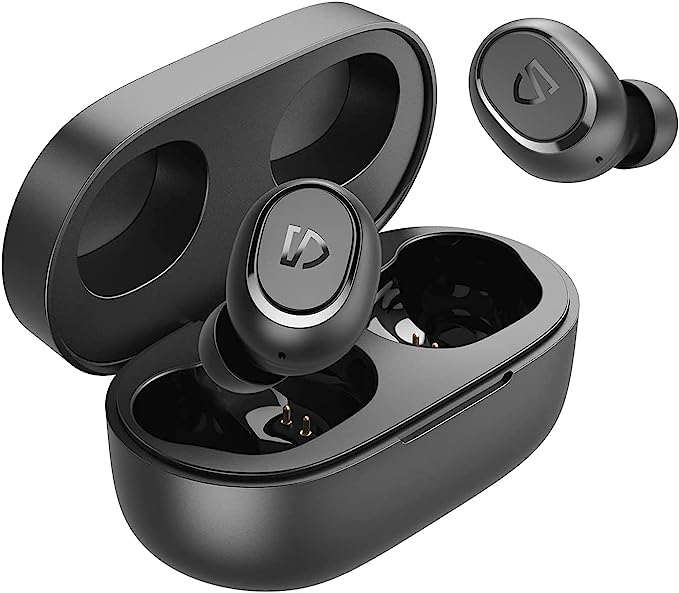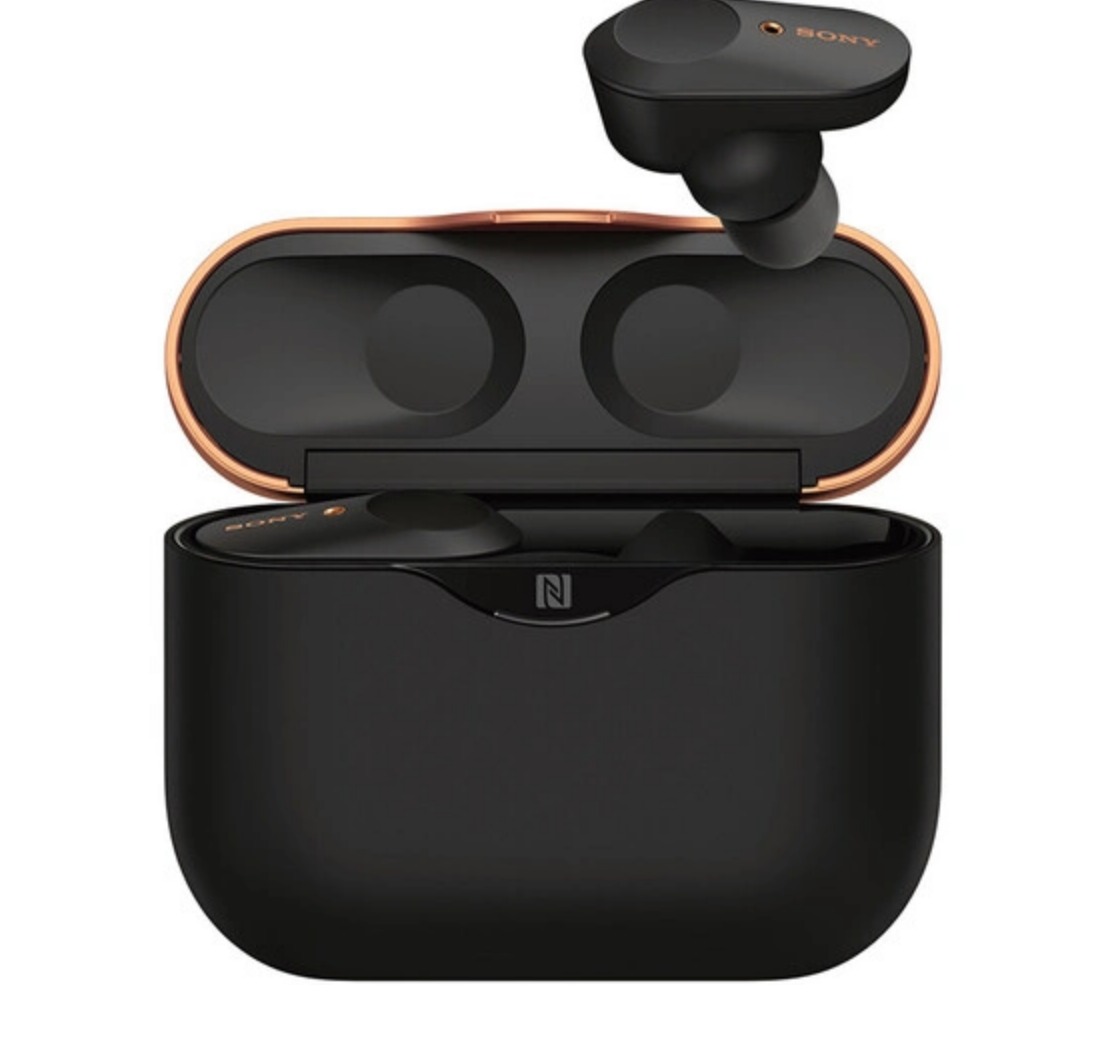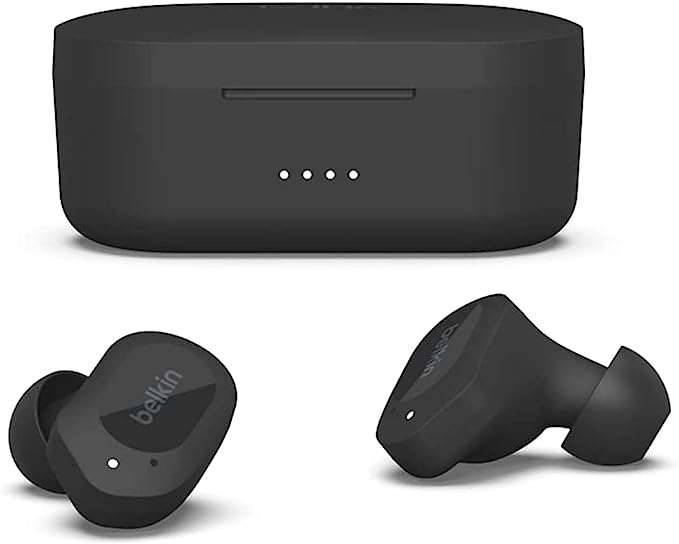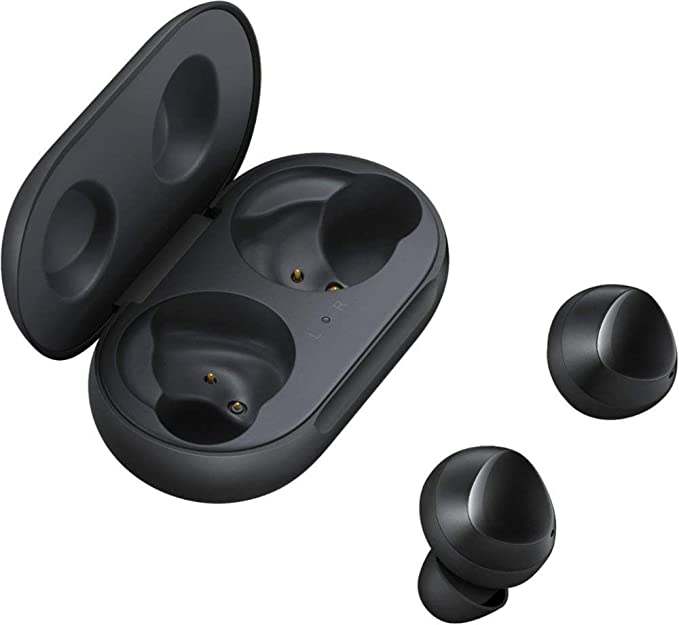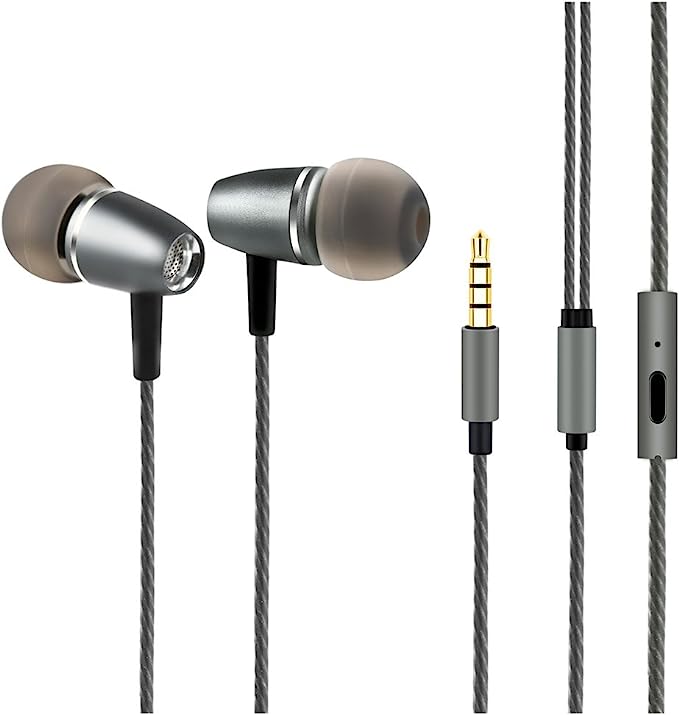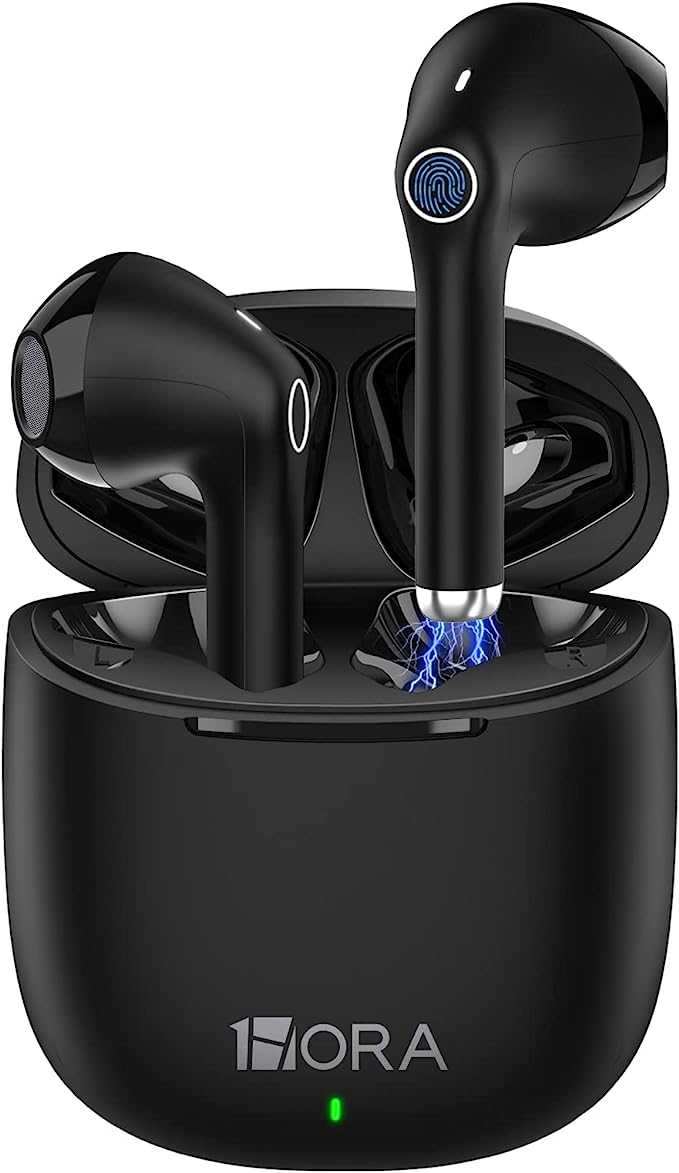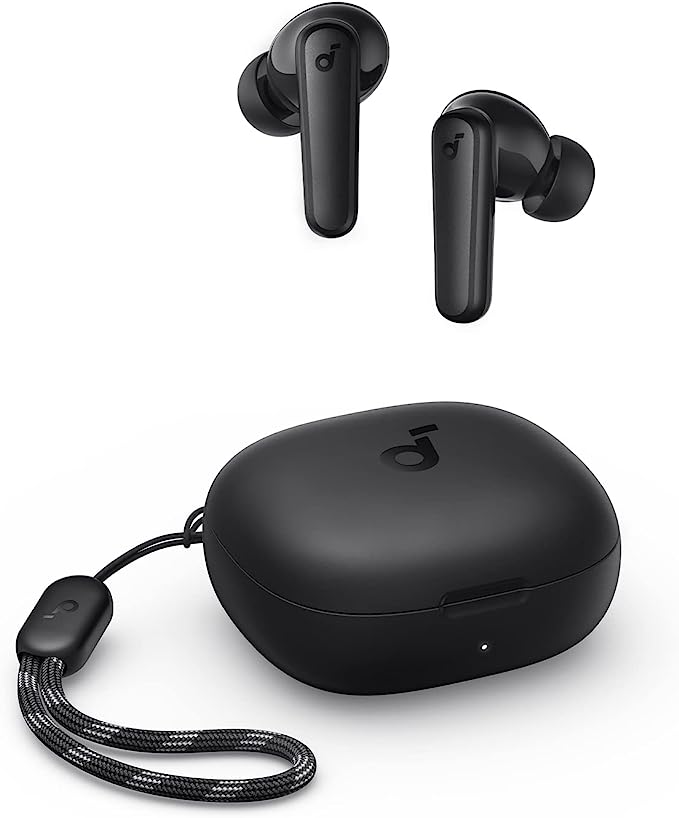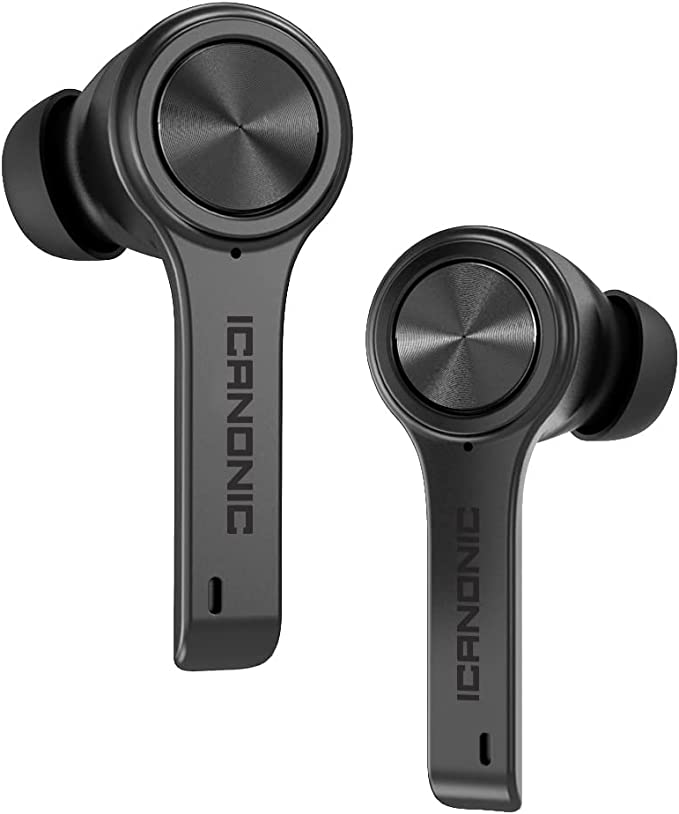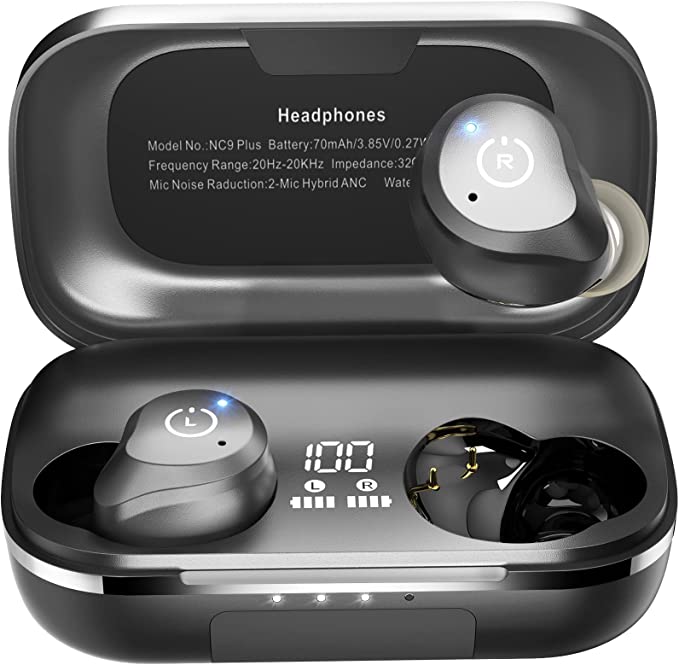IKG S23 True Wireless Earbuds: Lightweight and Long Battery Life Make These Affordable Earbuds a Great Buy
Update on June 6, 2025, 5:49 p.m.
It costs less than a decent cup of coffee. It weighs less than two dimes. Yet, nestled within its unassuming plastic shell lies a complete, private symphony orchestra, ready to perform on command. This is the curious case of the IKG S23, a pair of true wireless earbuds that seems to defy economic and technological logic. In an age where premium audio can command hundreds of dollars, how can a ten-dollar gadget even exist, let alone function competently?
The answer isn’t found in marketing copy, but in a fascinating journey through applied physics, material science, and the quiet revolution of scaled manufacturing. To truly understand it, we must resist the urge to simply review it. Instead, let’s take up a metaphorical scalpel, dissect this modern marvel, and reveal the invisible orchestra within.
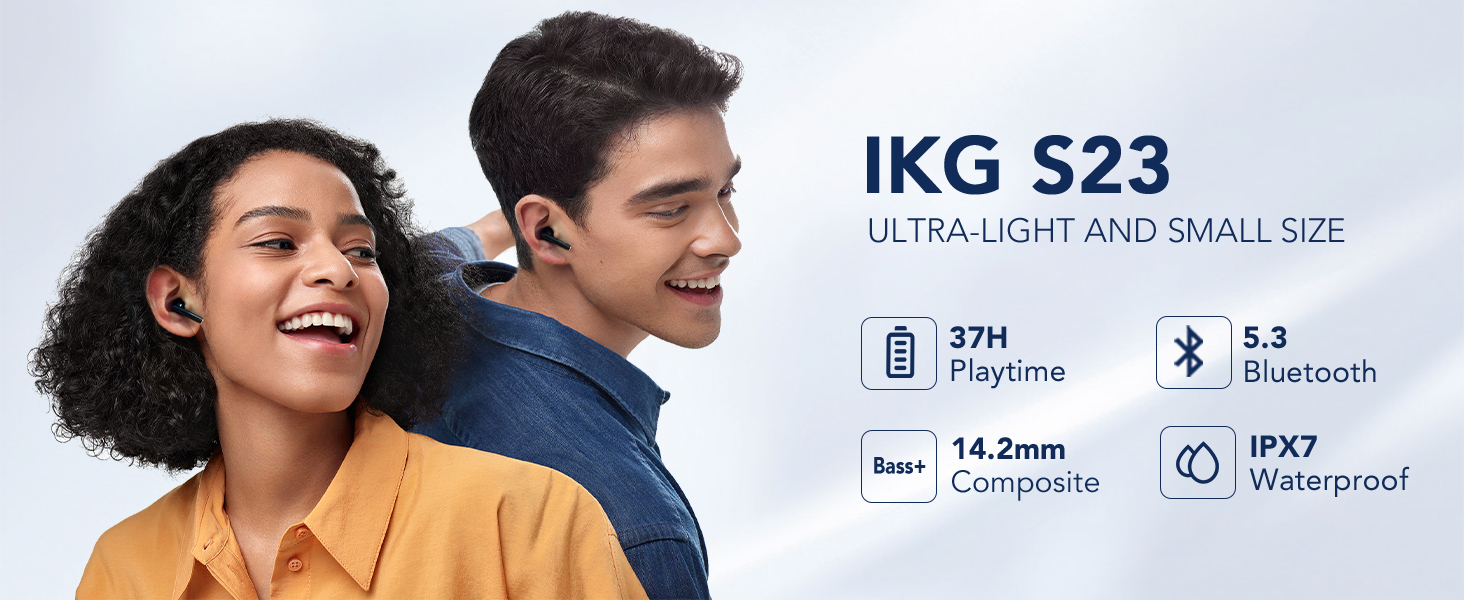
The Silent Handshake: The Conductor Takes the Podium
Before a single note is played, every successful performance begins with a moment of profound silence and perfect synchrony. For our earbud orchestra, this critical role belongs to the Bluetooth 5.3 chipset, the unseen conductor on the podium. If you remember the era of tangled headphone cables, a time when a simple snag could yank you back to reality, you understand the freedom that wireless technology promised. Early Bluetooth, however, was often a temperamental artist, prone to stutters, dropouts, and frustrating pairing rituals.
Bluetooth 5.3 is a different beast altogether. Think of it not just as a connection, but as an intelligent, invisible nervous system. Its protocols are refined to be more like an expert conductor guiding a world-class orchestra. It uses sophisticated channel-hopping algorithms to find the clearest, least-crowded airwaves, ensuring the stream of data from your phone to the earbuds is uninterrupted, like a steady, confident downbeat. When the S23 boasts of a “stable signal connection,” this is the science at work.
Furthermore, for moments requiring absolute precision, like gaming or watching a film, the conductor can switch tempos. The dedicated “Gaming Mode” slashes latency—the delay between sight and sound—to a claimed 0.1 seconds (100 milliseconds). To put that in perspective, a blink of an eye takes about 100 to 400 milliseconds. This mode achieves its speed by prioritizing raw transmission speed over error correction, ensuring the on-screen explosion and its audible boom are perceived as a single, unified event. It’s the orchestra’s conductor shifting from a graceful adagio to a frantic, breathtaking presto, all to maintain the illusion of perfect reality.

The Voice of Titanium: The First Violin Sings
Now, for the music itself. The heart of any speaker, and the soul of our orchestra, is its driver. In the S23, this is a surprisingly large 14.2mm dynamic driver, our star violinist. A driver’s job is simple in concept but fiendishly complex in execution: it must vibrate to move air, creating the sound waves that our eardrums interpret as music. The quality of that music hinges almost entirely on the material of the vibrating surface, the diaphragm.
This is where material science takes center stage. The S23’s diaphragm is described as a “titaniumized composite.” Why titanium? The answer lies in a fundamental engineering trade-off. A diaphragm needs to be incredibly rigid to vibrate precisely without deforming, which would otherwise cause distortion or a “muddy” sound. It also needs to be impossibly lightweight to respond instantly to the electrical signals, allowing it to reproduce the faintest, highest-frequency details.
Think of the materials used to build a Formula 1 race car. They must be both immensely strong and feather-light. Titanium is one such wonder material. By applying a microscopic layer of titanium to a composite base, engineers can dramatically increase the diaphragm’s stiffness without a significant weight penalty. This allows our “first violin” to perform feats of acoustic agility. It can produce the deep, resonant, and powerful vibrations needed for impactful bass, yet it can also flutter with the speed and precision required for the crisp, crystalline shimmer of cymbals and hi-hats. When the product description claims “thick bass, rich mids and crystal clear highs,” it is this careful balance of rigidity and lightness in the driver that is attempting to deliver on that promise.

A Whisper in the Storm: The Art of Ensemble Performance
A modern earbud is more than just a music player; it’s a communications device. But holding a clear conversation in a noisy environment presents a unique challenge. This is where our orchestra must demonstrate its ensemble skills, and the star performer is a clever algorithm known as CVC 8.0, or Clear Voice Capture.
It’s vital to understand that CVC is not Active Noise Cancellation (ANC). ANC is for your benefit; it creates an anti-noise wave to silence the world around you. CVC, however, is for the benefit of the person you’re calling. It’s a stunning feat of computational audio, best understood through the “cocktail party effect.” Imagine you’re at a loud party, yet you can focus your attention to hear the voice of the person you’re speaking with, tuning out the surrounding chatter.
CVC 8.0 does this digitally. The earbuds’ four microphones act like a team of highly trained listeners. They all capture the soundscape, but by analyzing the tiny time and phase differences in how sound arrives at each microphone, the algorithm can build a directional map. It identifies the sound originating from your mouth as the primary signal and everything else—the wind, the traffic, the café’s espresso machine—as background noise. Then, it performs an act of digital subtraction, stripping away the noise to leave your voice relatively clean and intelligible. So, when a user asks if background noise is diminished, the answer is yes, but primarily for the person on the other end of the line. It’s the orchestra’s string section collectively filtering out the audience’s coughing so that the soloist’s melody can be heard.

The Unsung Heroes: Backstage Crew and Concert Hall Acoustics
No performance can succeed without a diligent backstage crew and a reliable venue. In our earbud orchestra, these unsung heroes are the battery and the IPX7 waterproof rating. The promise of 7 hours of playtime on a single charge, extended to 37 hours by the charging case, is the work of a tiny but efficient lithium-ion battery and its power-management system. It’s the tireless crew ensuring the stage lights stay on for the entire show.
However, as with any live performance, conditions matter. The official runtime is a laboratory figure. In the real world, higher volumes, a less stable connection, or colder temperatures can demand more power. This explains why one user might experience the 7 hours, while another, like reviewer Craig Lewis, finds the left earbud giving out after 4-5 hours. It’s not necessarily a flaw, but a reflection of the gap between ideal conditions and dynamic, everyday use.
The IPX7 rating, meanwhile, represents the integrity of the concert hall itself. According to the official Ingress Protection standard, a “7” rating means the device can withstand being submerged in up to one meter of fresh water for 30 minutes. This is typically achieved through precise seals and hydrophobic nano-coatings that cause water to bead up and roll off, much like rain on a freshly waxed car. For the user, this translates to peace of mind. It means the orchestra won’t be silenced by sweat during a grueling workout or a sudden downpour on the way home.

Coda: The Sound of Progress
So, what have we discovered in our dissection of this $10 miracle? The IKG S23 is not a Stradivarius; it won’t outperform audio equipment costing fifty times as much. The user feedback tells us the performance, while impressive for the price, has its real-world limits. The ensemble can sometimes get tired, and its voice may not always be the loudest in the room.
But to focus on its shortcomings is to miss the point entirely. The true marvel is that a well-rehearsed orchestra exists at this price point at all. The conductor (Bluetooth 5.3), the star violinist (the titanium driver), the ensemble’s coordination (CVC 8.0), and the diligent crew (battery and waterproofing) are all present and playing from the same sheet of music.
This is possible only because of the relentless, often invisible, march of progress. It’s the echo of Moore’s Law in ever-cheaper, more powerful chips. It’s the symphony of a globalized supply chain that has mastered efficiency at an unimaginable scale. And most importantly, it’s a testament to the cumulative genius of countless engineers who have refined these complex technologies to the point where they can be considered fundamental. The sound of progress, it turns out, is not some exclusive, top-of-the-charts hit. It’s a clear, stable, and enjoyable melody, now playing in the ears of nearly everyone who wishes to listen.
